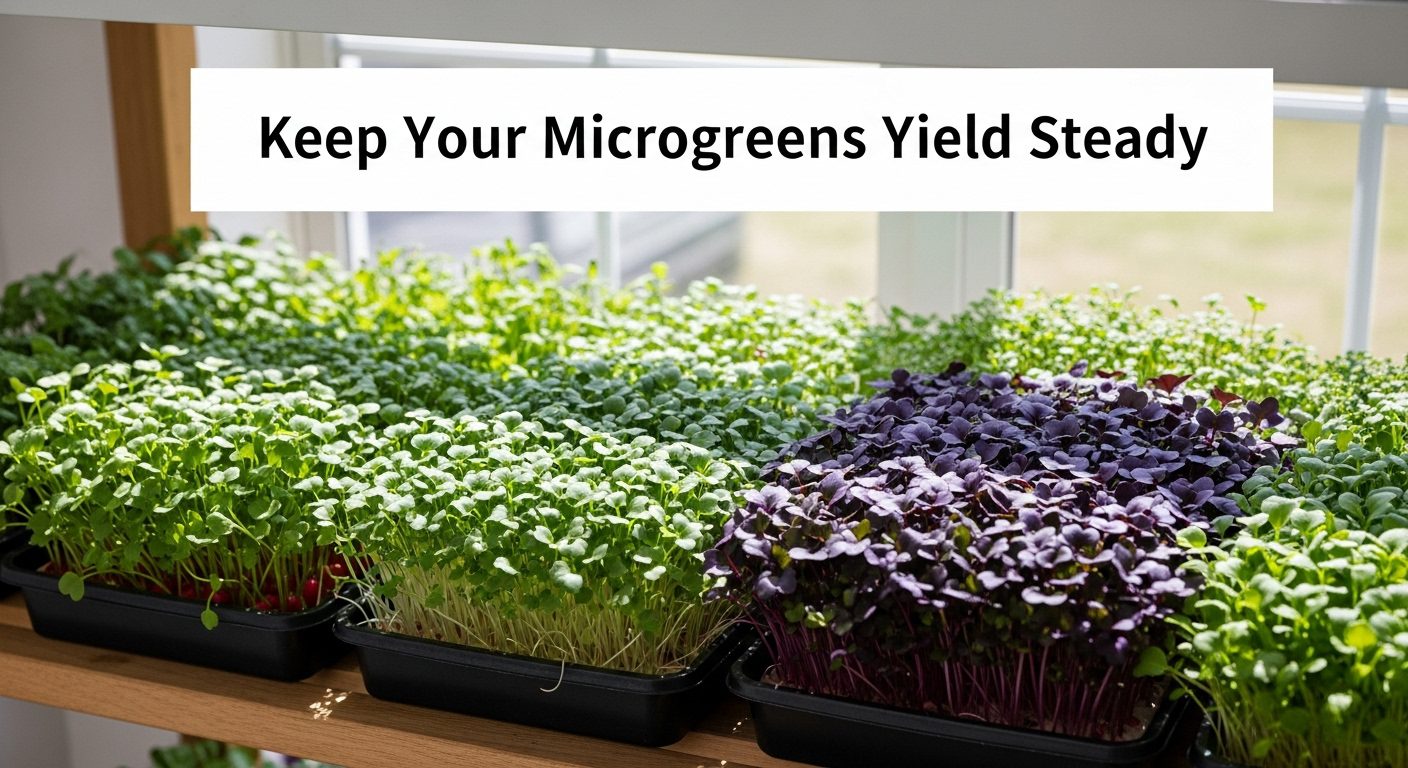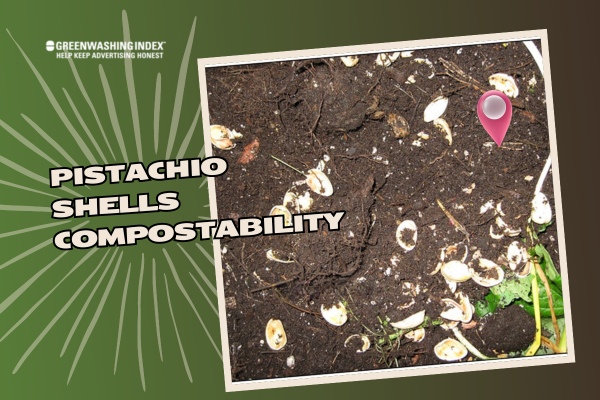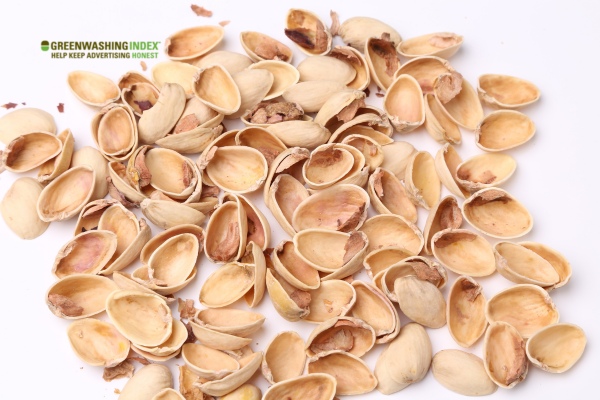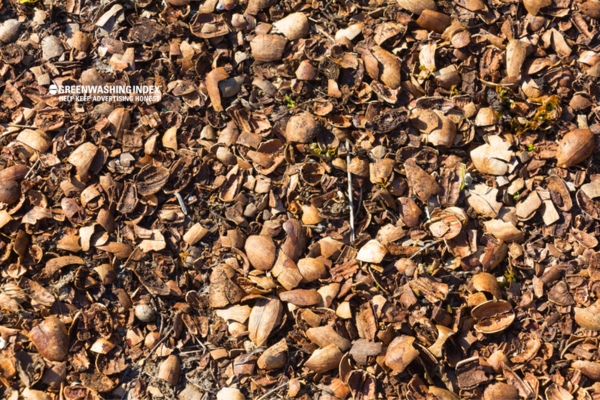

Pistachio lovers often relish the delightful crunch of these nuts, but what about the tough shells they leave behind? Surprisingly, the journey of pistachio shells compostability reveals an eco-friendly opportunity that many overlook.
While these hard exteriors may seem daunting for composting, with the right techniques, they can transform into nutrient-rich soil enhancers. Embracing this sustainable practice not only reduces waste but also enriches your garden, making every pistachio snack a step towards a greener planet.
Compostability refers to the ability of organic materials to decompose into nutrient-rich compost through a controlled composting process. This transformation is facilitated by microorganisms in environments that provide heat, moisture, and oxygen. Understanding compostability is crucial as it differentiates between materials that can safely return to the earth without leaving harmful residues and those that cannot. Here are key aspects of compostability:
In essence, composting is nature’s method of recycling. When we talk about something being compostable, we refer to organic materials that biodegrade or break down into humus-like matter under certain conditions. This rich-in-nutrient substance contributes to soil fertility and helps grow plants. Importantly, for material to truly be compostable, it shouldn’t leave behind any toxic residue.
Remember this – not all waste is compostable. For instance, plastic that doesn’t break down into organic components does more harm than good to the environment because it releases toxic chemicals as opposed to nutrients beneficial for plants.
Pistachio shells are primarily composed of natural polymers that provide strength and structure. Their chemical makeup includes cellulose, hemicellulose, and lignin, which contribute to their fibrous and tough characteristics.
Additionally, the shells contain triglycerides that aid in nutrient transport. This unique composition makes pistachio shells not only resilient but also a potential resource for various applications in material science and environmental sustainability.
Composting offers numerous benefits that significantly impact the environment, economy, and agriculture. By converting organic waste into nutrient-rich compost, we can enhance soil health, reduce landfill waste, and mitigate climate change.
Here are some key advantages of composting:
So, next time you’re munching on your favorite pistachios think about how their shells’ journey could potentially continue in a sustainable manner through pistachio shells compostability!
Grazing on a bag of pistachios is one of life’s simple pleasures, but what to do with the pile of shells left behind? Those little wooden cast-offs spark a conversation: are pistachio shells compostable?

Pistachio shells are quite the tough guys of the nut world. Their hard, woody texture isn’t just for show; these shells have a serious job protecting the delicious morsel inside. Here’s what you need to know about their structure:
Now let’s chew over the real meat of the matter – can these resilient little helmets for nuts go back to the earth as compost? There’s a bit of back-and-forth on this:
So, while some folks might be wary about tossing them into their garden’s mix due to their snail-like pace in breaking down, others see them as an untapped resource that adds structure and nutrients eventually in the grand cycle of eco-friendly snacking.
Composting pistachio shells is all about patience and preparation. By turning these tough nut remnants into nutrient-rich compost, you can contribute to a more sustainable environment right from your backyard. Here’s how you can deal with their stubborn structure and give back to Mother Earth in a meaningful way.
Creating a compost pile is a straightforward process that can significantly benefit your garden and the environment. By recycling organic waste, you can produce rich compost that enhances soil health and reduces landfill waste.
Here’s a step-by-step guide to help you prepare your compost pile effectively:
By following these steps, you can create an efficient compost pile that transforms organic waste into valuable compost for your garden.
To effectively break down pistachio shells for composting, several steps can enhance their decomposition process. Given their tough structure, pistachio shells can take a long time to decompose, typically ranging from one to three years. Here’s a concise guide to help you prepare and integrate them into your compost pile:
Incorporating these methods effectively will turn what might have been trash into treasure for your garden soil!
Including pistachio shells in your compost pile can be beneficial, but there are important considerations to keep in mind. While they add valuable carbon and improve aeration, their slow decomposition rate can hinder composting efficiency. Additionally, if not cleaned properly, they may attract pests. Here’s a summary of the pros and cons:
Pros:
Cons:
When it comes to eco-friendly snacking and sustainable nut consumption, gardeners and farmers who are into composting have shared some intriguing insights. They often emphasize that pistachio shells do add value to their compost piles, despite the shells being notorious for their slow decomposition rate. Now let’s dive into the nuggets of wisdom they offer.

By following these straightforward yet effective tips from those who have done it successfully, you can enhance your own Pistachio Shells Compostability practices substantially.
Pistachio shells can take quite some time to break down, often several years, because of their tough and durable nature.
Absolutely! Most nutshells are compostable, but like pistachio shells, they are quite hardy and may take a long time to decompose.
Yes, there can be risks. Nutshells might not be digestible for pets and could pose a choking hazard or cause intestinal blockage.
To hasten decomposition, you can crush the shells into smaller pieces before adding them to your compost pile and ensure the pile is well-aerated and moist.
Pistachio shells are biodegradable and compostable but decompose slowly, typically taking 1-3 years. Crushing them can expedite the process, enriching compost over time.
Pistachio shells present an intriguing opportunity for sustainable practices. These tough remnants can indeed be composted, enriching soil over time despite their slow decomposition rate.
Proper preparation, such as crushing the shells and maintaining a balanced compost pile, enhances their breakdown process. With patience, the nutrient-rich contributions of pistachio shells can significantly benefit gardening efforts. Ultimately, incorporating these shells into composting not only reduces waste but also promotes eco-friendly gardening practices, making them a valuable addition to any compost pile.
